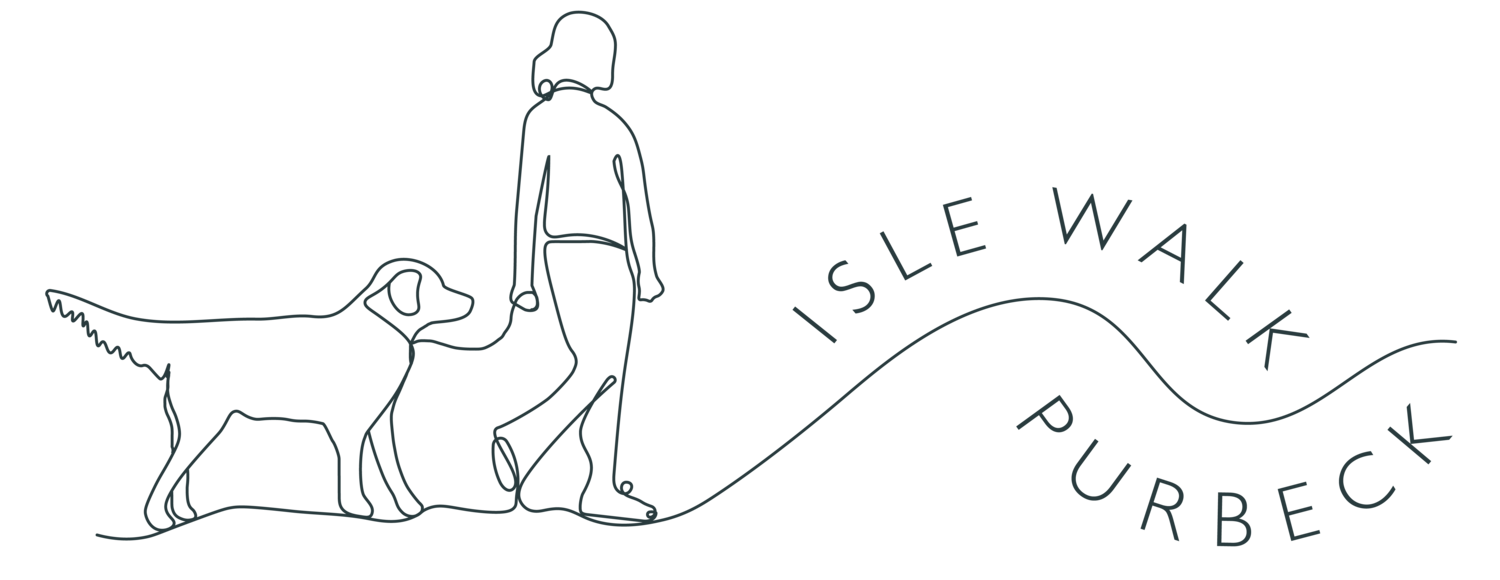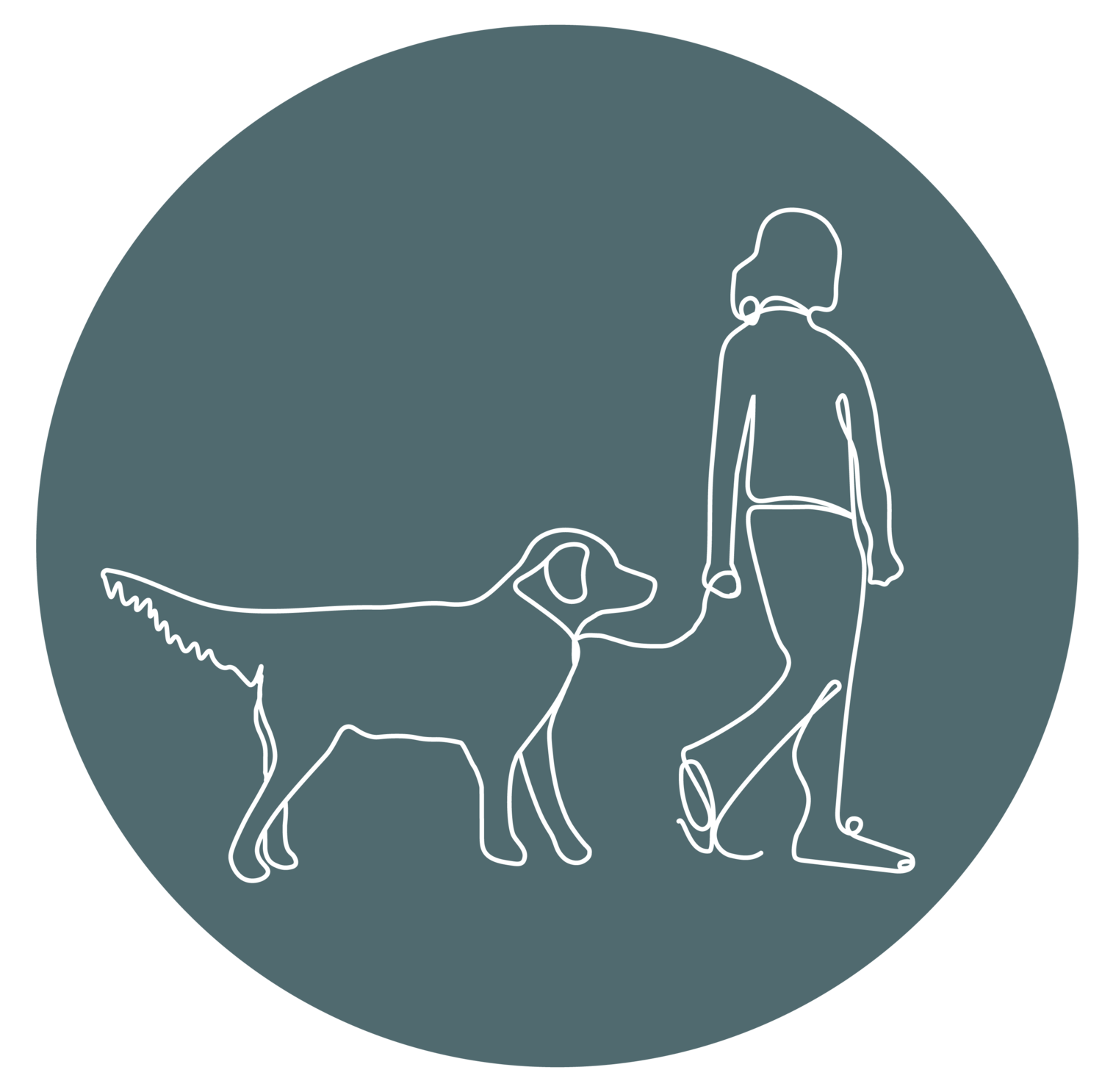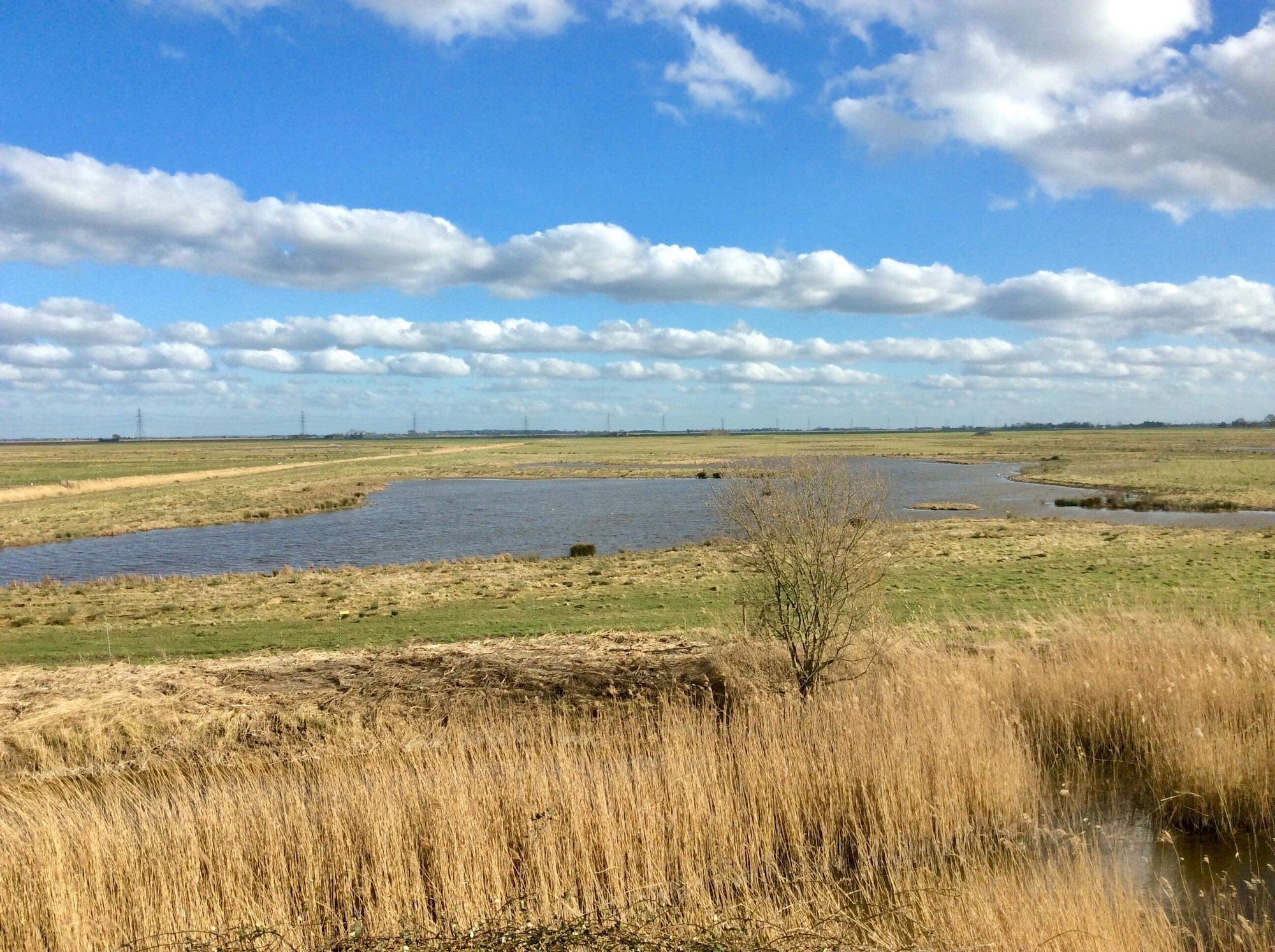A cockling we will go…
“…as she wheeled her wheelbarrow through the streets broad and narrow, singing cockles and mussels alive, alive oh” - Molly Malone. I like the Dubliners’ version best.
I used to sing this to one of our daughters when she was a baby to try and get her to sleep. I would put her in the back pack and walk the streets of Swanage singing this song over and over again until she dropped off. I was never convinced that it worked or whether it was the monotony of my flat singing, but there were tangible degrees of success!
My best cockling is when the east wind blows and the rough sea pushes the cockles up the shore at Studland Beach. Cockle beds move around quite a lot and I find it fascinating to find them in different places along the shore as the tide drops. In winter I am often sharing the chilling east wind with hundreds of seagulls and oystercatchers. They seem to go for the much larger Otter shells, Lutraria sp., whilst I focus on the cockles. This agreement between us works quite well!
The main one that I collect is the Common Cockle, Cardium or Cerastoderma edule, although there are always a number of the Prickly Cockles, Cardium echinatum, as well. There are also a few Trough, Spisula or Mactridae sp. and Carpet Shells, Venerupis sp.to be had as well if desired. Collecting cockles like this is easy because they are on the surface of the sand as the tide ebbs, having been pushed up by the waves. If you are collecting from sheltered shores and mud flats the cockles will be partly buried. Take a rake with you, it is so much easier!
Incidentally, my ‘go to‘ seashore identification book has been, and still is, Collins Pocket Guide to the Seashore by Barrett and Yonge. Some of the Latin nomenclature has changed over time and more recent guides use some names that are different. The size of the guide is perfect as it fits snugly in the pocket of my Kinsale fisherman’s smock! I still use my hardback 1967 edition that goes back to my youth and was given to me by my mother. She was a Biology teacher and I tagged along to the annual Marine Biology field trip for her A level students on Anglesey. I guess that this is where my lifelong passion for seashore ecology started. I used to love being with the A level students when I was just a primary school youngster!
When I was a child my parents had a caravan on Anglesey and we spent all our holidays there in, on or around the sea. I used to go cockling at Red Wharf Bay with a local chap called Tiger Hughes. He knew exactly when to walk across the sea river when the tide was dropping and critically, when to come back before the tide flowed rapidly in behind the cockle banks across the bay. Every year holiday makers walked across the bay at low tide without this local knowledge and got cut off by the rising tide behind the sand banks. Mercifully the local RNLI were always on hand to prevent disaster. Tiger just knew where the cockle beds were; he would say to me ‘I reckon they are over there today’ or something like that. He was always right and I never knew how he knew. I guess that he had a cockler’s instinct! We would rake a sack of cockles before walking back to the shore. The sack was always so heavy with the cockles and the sand and sea water. I could never carry it, although I wanted to be able to do so. I would take a bag full home and Tiger had the rest. He used to trade them for his beer at the local pubs! Bartering is another blog for another time, but it served him well. As for the name Tiger – well this was because he used to drink a few too many pints of ale and would then get into a fight and be barred from that pub. He had about seven or eight pubs that he had on his round before he was allowed back in the first one again. Tiger Hughes, the legend of Red Wharf Bay …..
You do need to be careful when collecting and preparing cockles and these are the well-practiced tips that I follow;
Avoid the months of the year without an ‘r’ in it. In the spring and summer months bivalve molluscs are at their most active as they filter the water for food. Naturally bacteria and, most importantly, algae, can contaminate the water. So avoid these months.
Collect from clean open shore areas. Avoid narrow estuaries, harbours, marinas, areas where there are outflow pipes from the land etc. where the water is murkier and more likely to be contaminated.
Check that the cockles are alive before you cook them. They should close when you tap the shell. Similarly, any shell that remains closed after cooking should be discarded.
Local knowledge is always a very good indicator!
Always purge your cockles for a few hours in cold salty water, changing it once or twice. This allows them to clean themselves and a lot of the gritty sand is expelled. The cockles will use up the oxygen in the water so 5 - 8 hours is best and spread them thinly is a tray. It is best to collect some sea water when you are out foraging
I only use cooked cockles and recommend this as opposed to eating them raw. This sounds like a lot to take in but it soon becomes a simple part of what you do as a forager. I good rule of thumb is to just collect enough for your needs and do not over- pick.
How to cook and use
When the cockles are ready to use and have been checked they can be dropped into rapidly boiling water for just a couple of minutes. A quick stir helps, then remove from the heat and place a lid on the pan for a further 4 or 5 minutes. Any unopened shells are removed. Strain, wash and then pick the cockles from their shells. Try one straight away –they are simply amazingly delicate and quite sweet to taste. Cockles like this can be added to many dishes like paellas, tartes, frittatas, chowders, risottos. The list is endless. Sometimes I just steam them for 5 – 8 minutes until they open instead of immersing them in boiling water.
Alternatively the fresh cockles can be added to many dishes and steamed. You will not go wrong with white wine, garlic, shallots and butter with cream added at the end. I like to add samphire or sea bet but you could use other fresh herbs. Parsley is a good starting point. Rich tomato dishes are also a good way forwards to steam the cockles.
My favourite recipe is a simple cockle omelette for breakfast.








Meet Cat, she’s walking home, a very very long way! 630 miles to be exact, along the South West Coast Path from Minehead to The Isle of Purbeck, Dorset. Join Cat on her journey as she shares the ups and downs of her adventurous walk home.